City driving goes green with Mini Electric
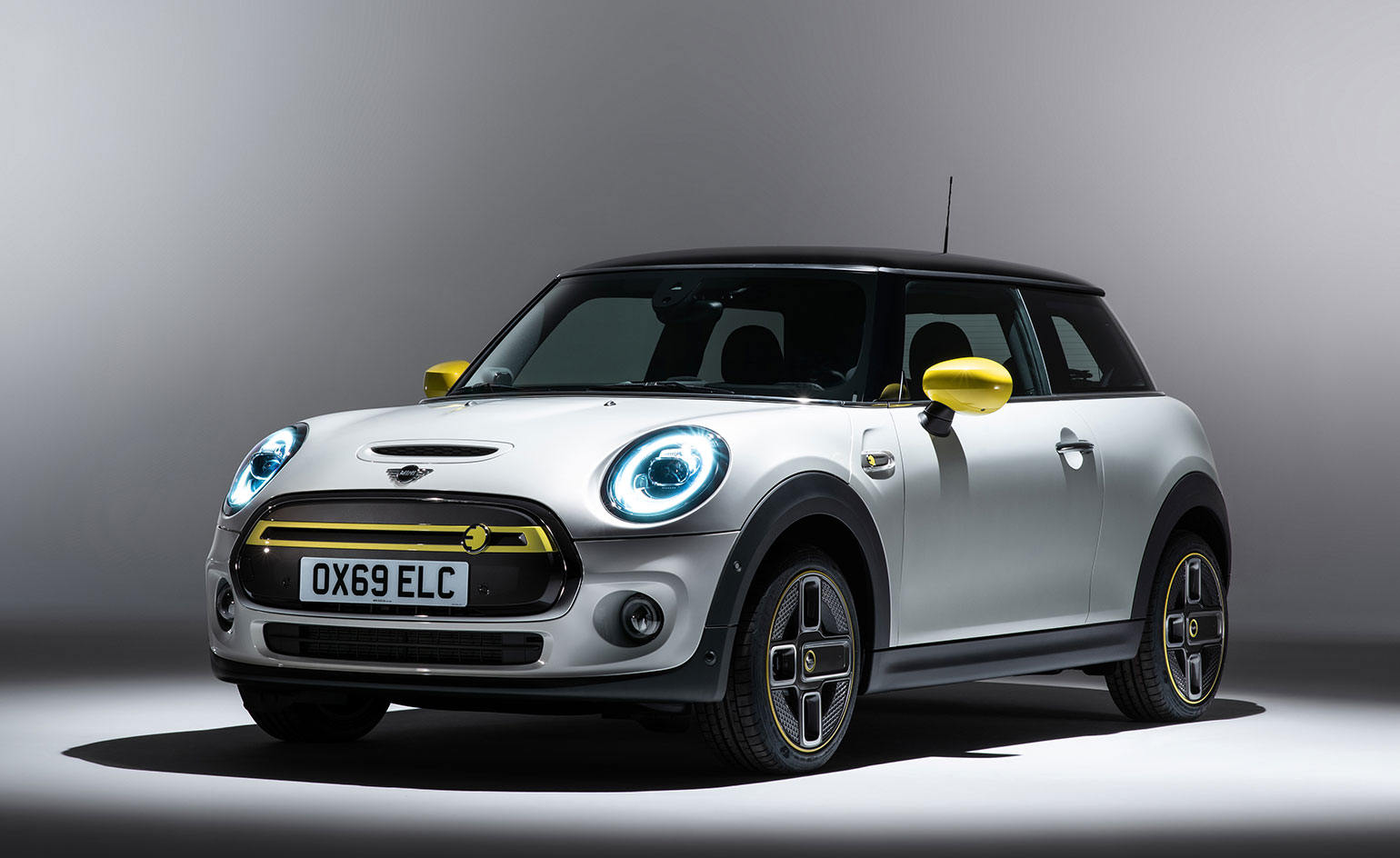
Mini’s take on electric vehicles is appropriately simple, lightweight, relatively affordable and compact. Its first production EV – available to order now with first deliveries in March 2020 – is recognisably adapted from a regular Mini Cooper S three-door. However, it swaps the latter’s petrol engine for a 184hp electric motor powered by a 32.6 kWh battery that's good for 124 miles.
That might not seem far compared to some other new EVs’ greater mileage possibilities, but this on-brand ‘small-is-good’ approach to battery size doesn’t compromise the existing amount of cabin space or luggage area. It also shows that the Mini Electric – like the imminent Honda e – is targeting urban-based customers or suburban second-car users where a shorter range is entirely in line with their actual everyday requirements. Charging via a socket located beneath the regular fuel filler cap takes 35 minutes to 80 per cent from a 50kW fast DC charger, but due to the smaller 32.6 kWh battery and range, 0-100 per cent can still be achieved with a more typical 11kW charger in a decent 3.5 hours. This is practical.
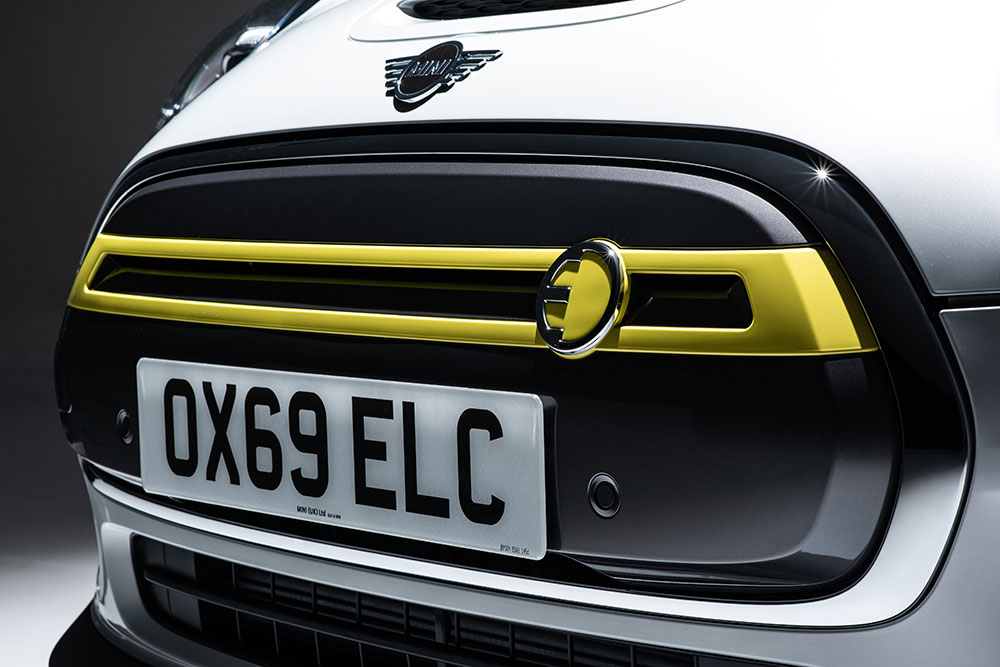
To differentiate the Mini Electric sufficiently in design terms, the car gets a closed-off front grille, slightly more aero wheels, contrast-coloured wing mirrors, subtle EV plug logo badging, and on the inside, a new slimmer 5.5” digital driver display, replacing the regular Mini’s somewhat bulky analogue one. In keeping with Mini values, the car should be great fun to drive, promising 0-62mph in 7.3 seconds – just like the petrol Cooper S – and might even handle better, due to its new powertrain’s positioning (a full test drive will come later).
Either way, the initial specification sounds promising, with the electric motor housed upfront to power the front wheels and the T-shaped battery pack positioned low-down and with the T’s crossbar below the rear seats. The lower weight of the small battery versus a bigger range version – at 1365kg the Electric is only 145kg more than a petrol Cooper S automatic – is also a handling asset and its low placement results in a centre of gravity at least 30 millimetres lower than in the Mini Cooper S too.
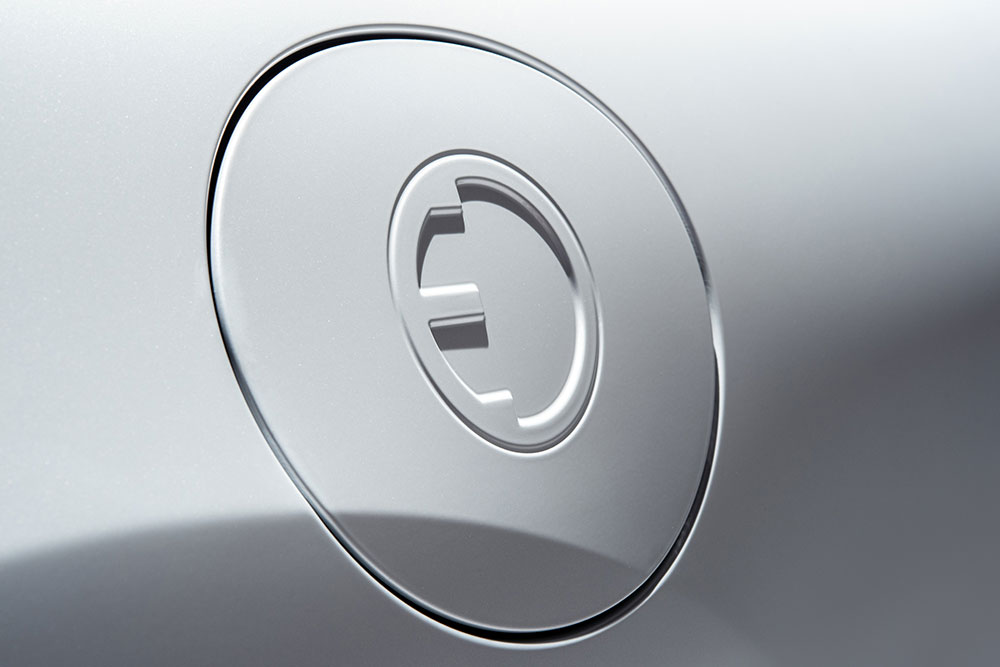
Crucially and unusually for an EV from any brand, Mini’s smaller battery makes the car cheaper to produce and has been part of the reason the brand has decided to match the price of equivalent performance combustion-engined versions. UK prices start from £24,400 and rise to £30,400 (including Government grant). This should see a real breakthrough in sales as ‘going green’ in this case doesn’t come with an initial price penalty (and will make the already-established lower EV running costs all the more enjoyable).
The brand is hoping to sell about 4,000 units a year in the UK alone, which is more than the current Convertible and close to the Clubman’s circa 5,000 units. And as the model will be made on the same manufacturing line as its combustion-engined counterparts, there is flexibility to increase production too. Long and short – this product is not intended to be a high-priced, small-run, tokenistic environmental move. Plaudits for that.
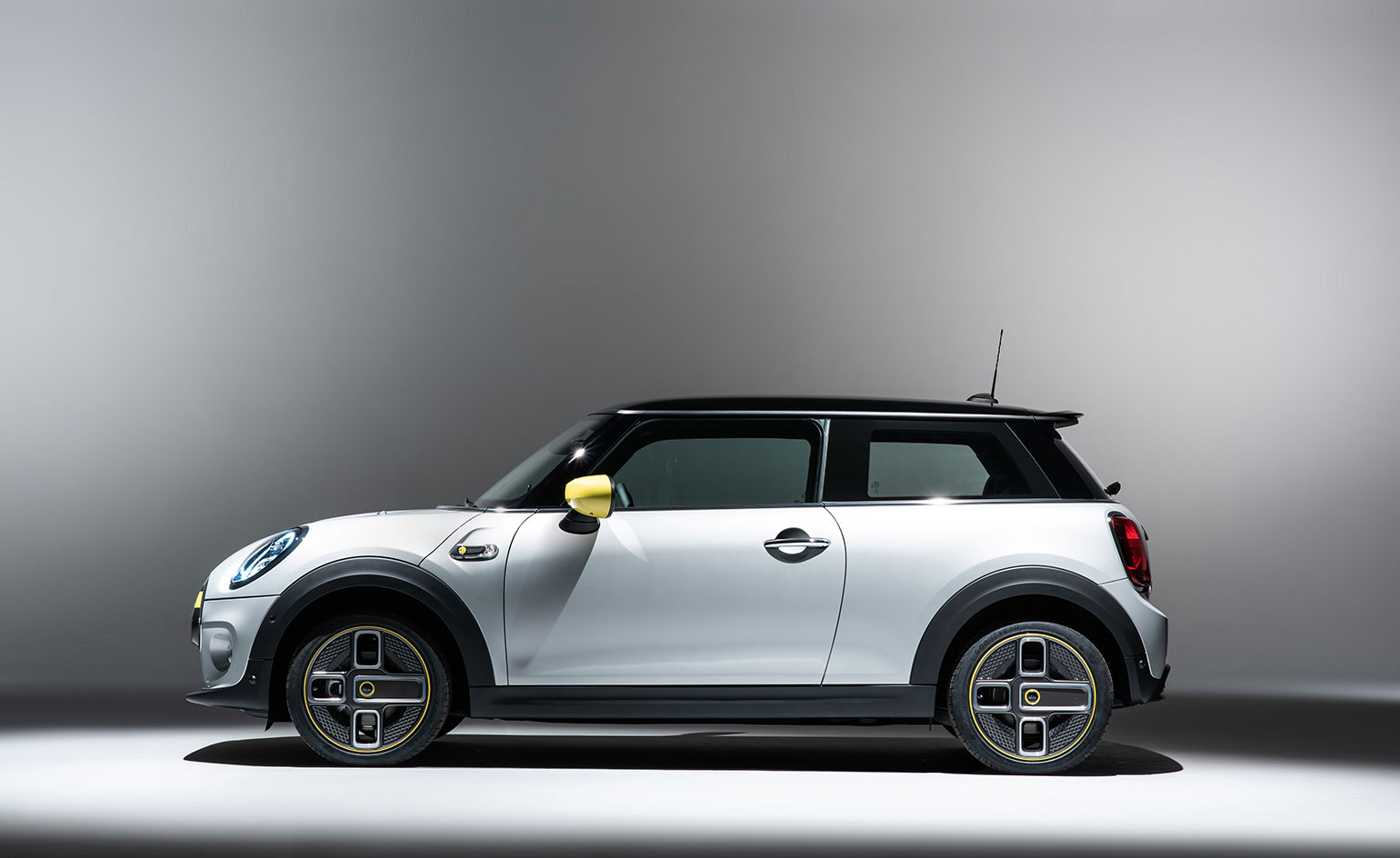
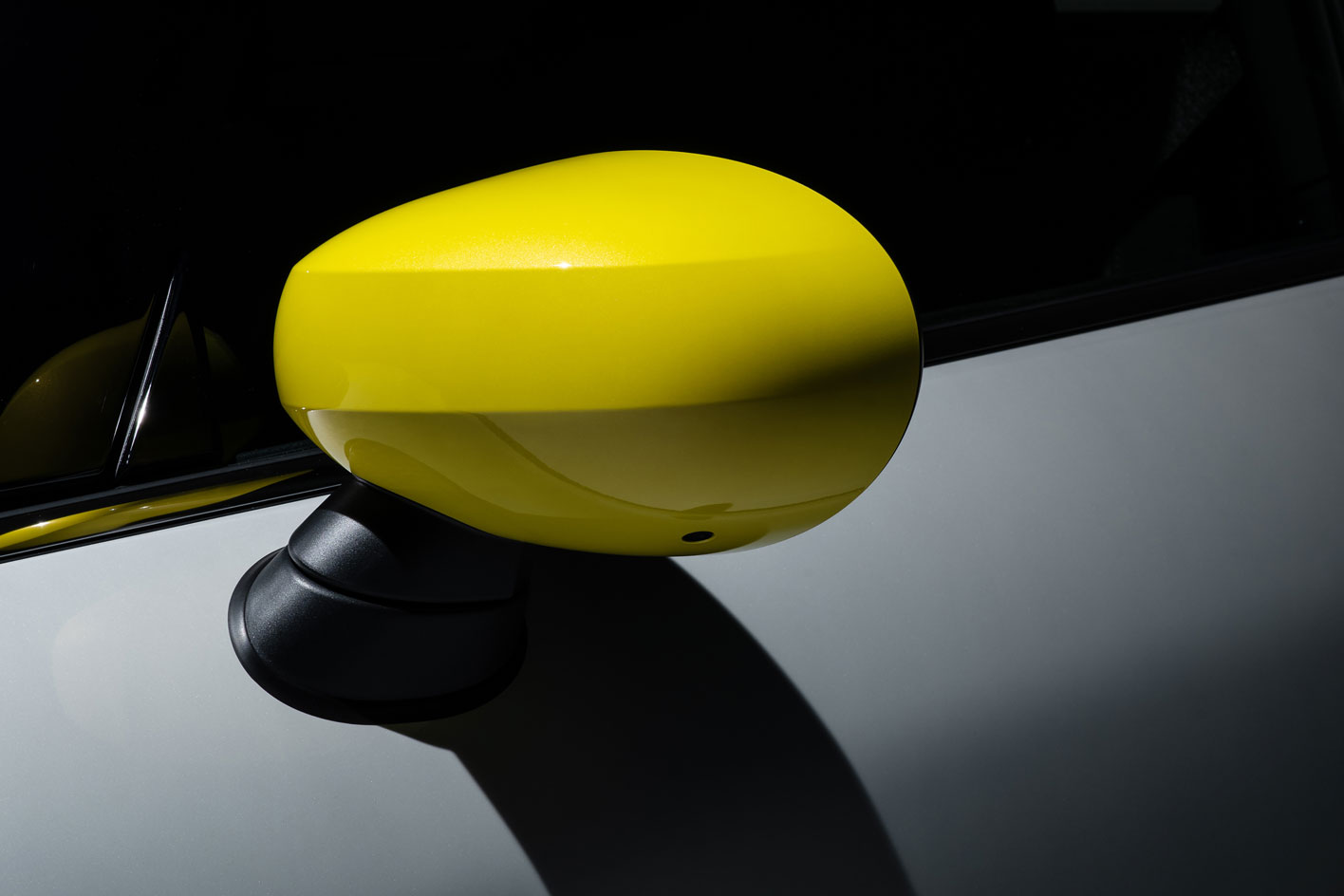
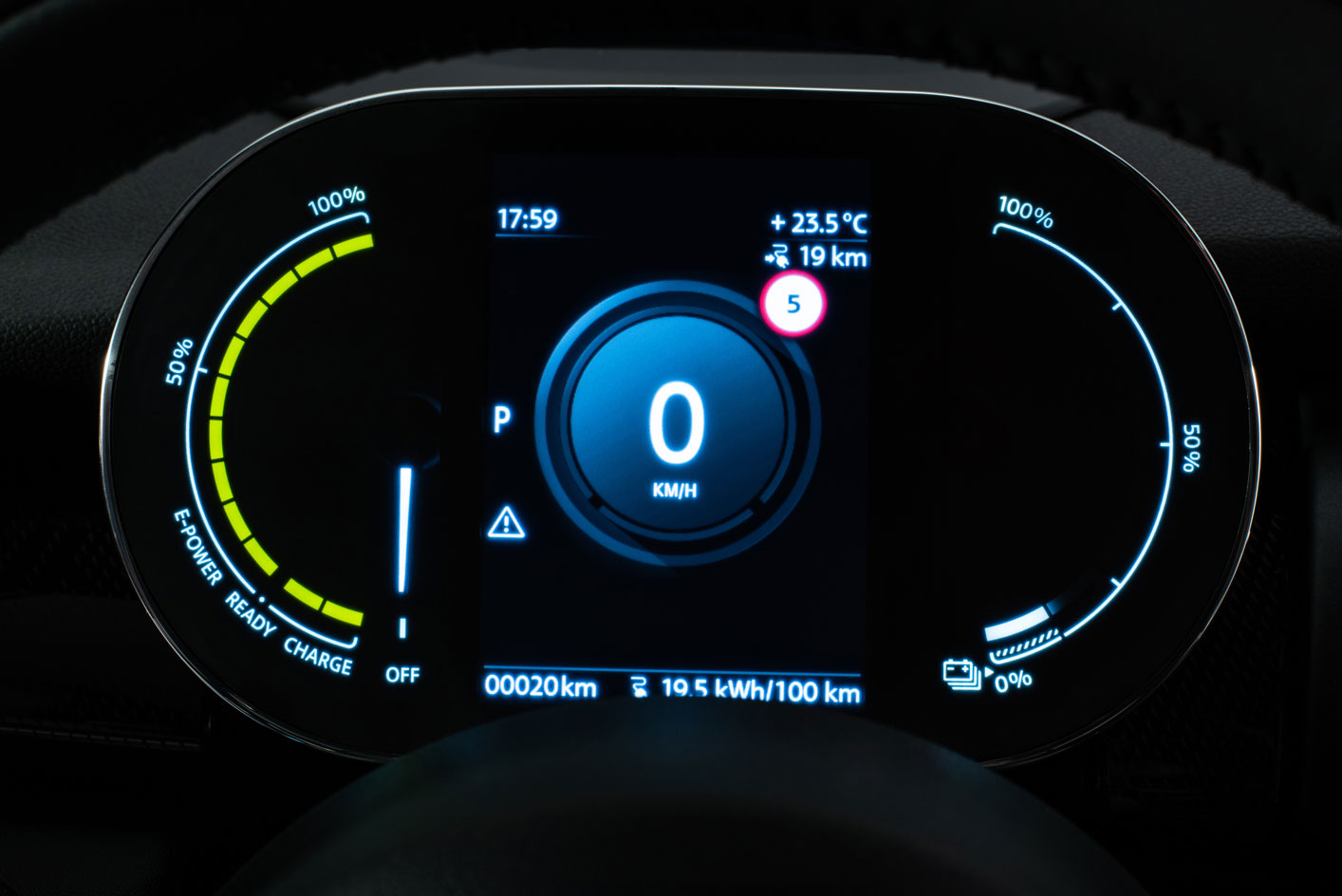
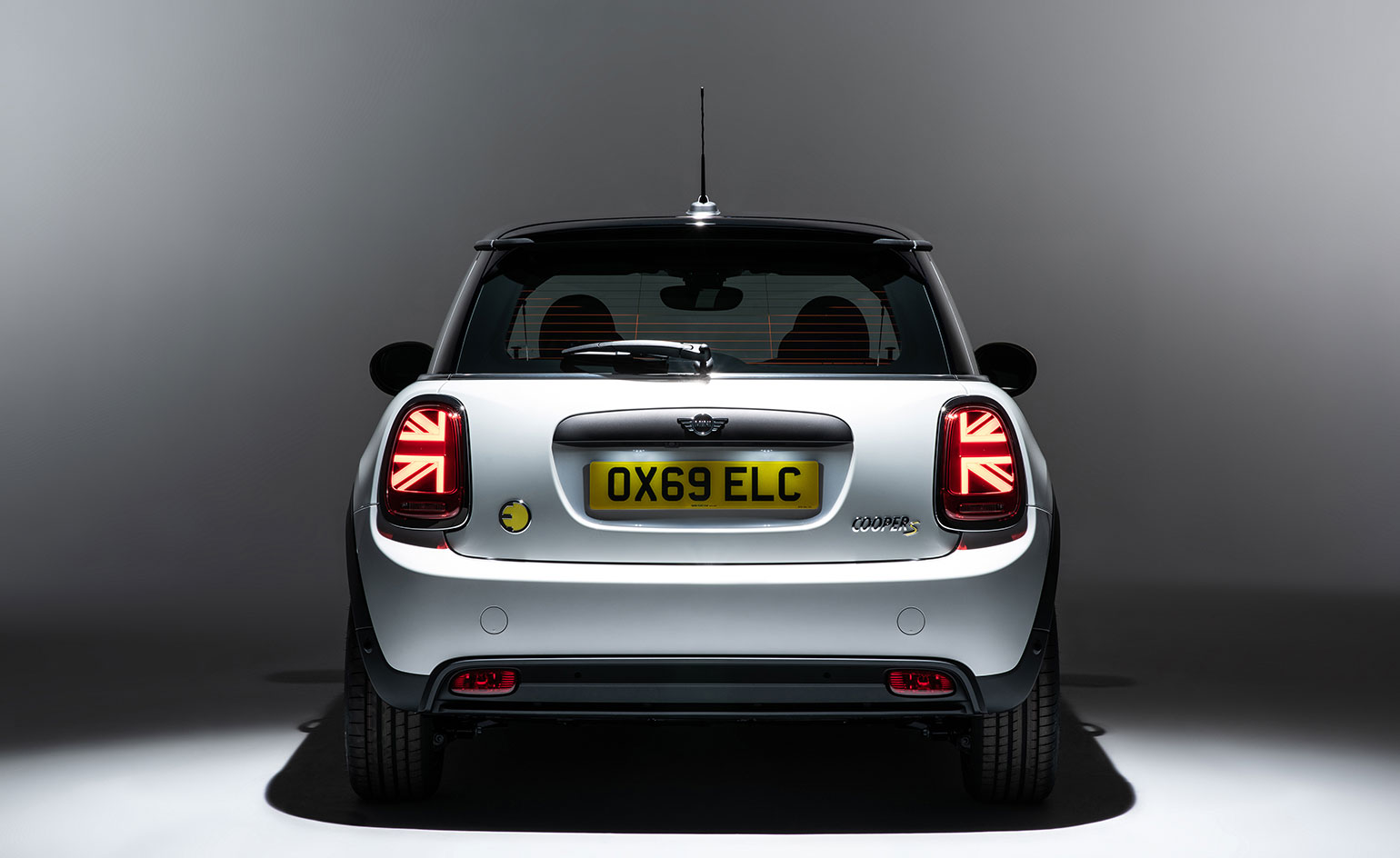
INFORMATION
Mini Electric, from £24,300. mini.co.uk
Wallpaper* Newsletter
Receive our daily digest of inspiration, escapism and design stories from around the world direct to your inbox.
Guy Bird is a London-based writer, editor and consultant specialising in cars and car design, but also covers aviation, architecture, street art, sneakers and music. His journalistic experience spans more than 25 years in the UK and global industry. See more at www.guybird.com
-
 Why Teresa Tarmey’s west London clinic is a thing of beauty
Why Teresa Tarmey’s west London clinic is a thing of beautyTeresa Tarmey’s flagship clinic in Notting Hill is worlds away from the ubiquitous, sterile medispa. For the June 2025 issue of Wallpaper*, Hannah Tindle takes a closer look inside
-
 In defence of souvenirs: 10 photographers on their most prized mementoes
In defence of souvenirs: 10 photographers on their most prized mementoesPhysical keepsakes, whether priceless or prosaic, can be the most meaningful mementoes of a trip. We asked ten well-travelled photographers about their favourite souvenirs
-
 The Pine Beat speaker is the future-proofed debut product from Poca Audio
The Pine Beat speaker is the future-proofed debut product from Poca AudioLongevity and flexibility make the new Pine Beat Bluetooth speaker a smart choice for those who dislike the disposability of modern tech
-
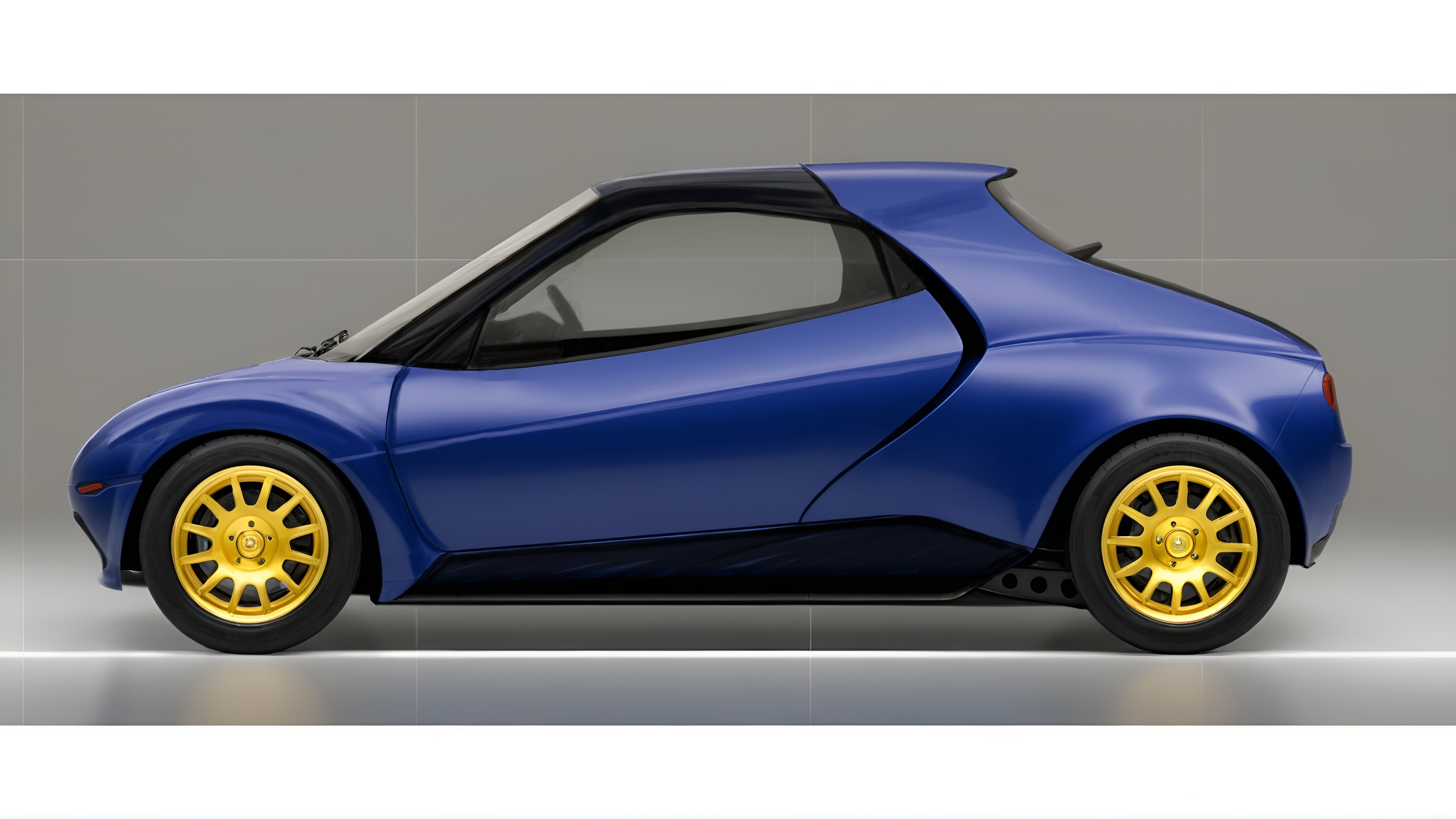 Mika Cars wants to build the Mino, a sporty, ultra-compact electric two-seater for the open road
Mika Cars wants to build the Mino, a sporty, ultra-compact electric two-seater for the open roadAn evolution of Mika’s Meon electric beach buggy, the little Mino is an ultra-light EV with big-car aspirations
-
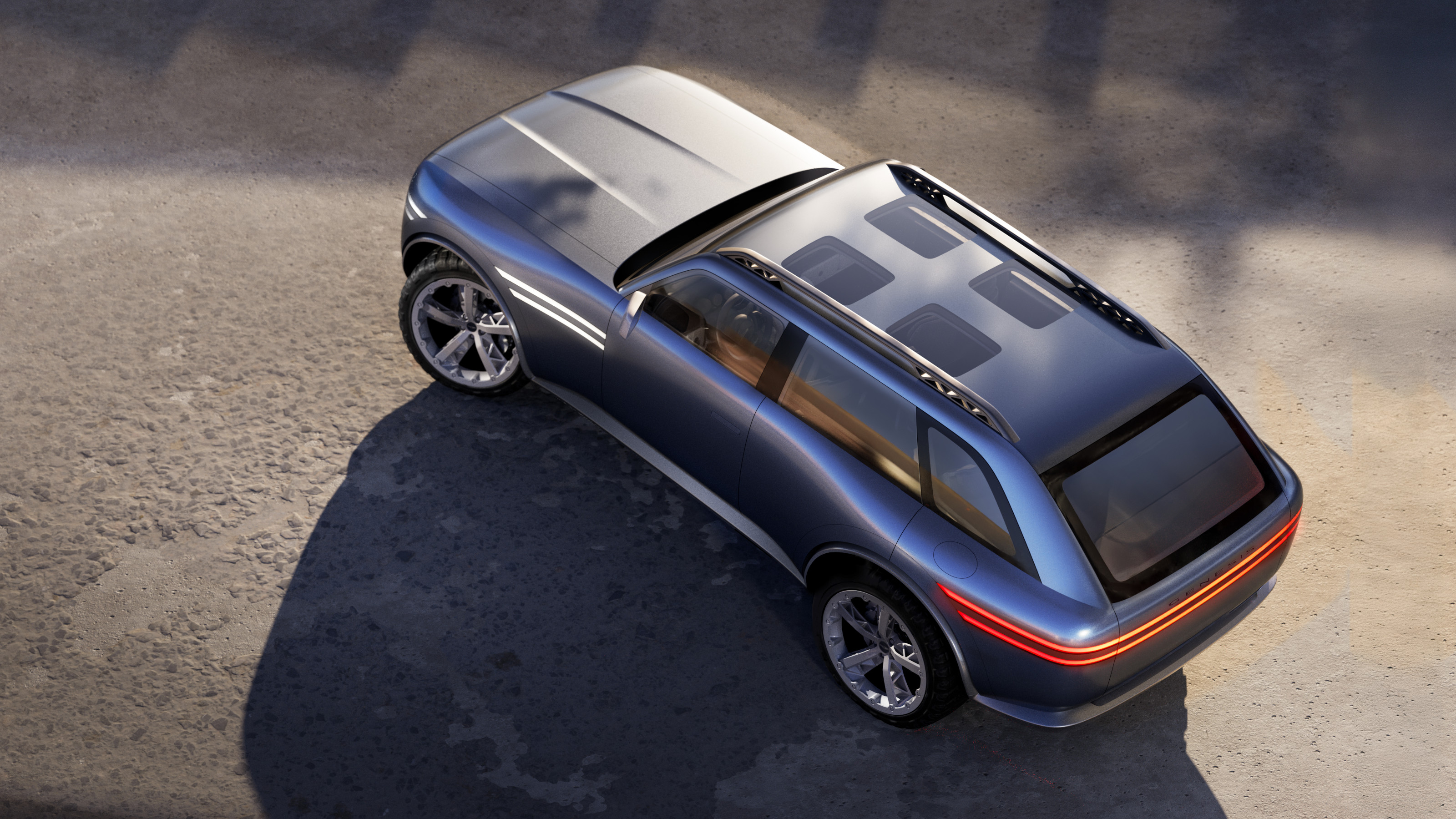 Our pick of the reveals at the 2025 New York Auto Show, from concept SUVs to new EVs
Our pick of the reveals at the 2025 New York Auto Show, from concept SUVs to new EVsInterest in overseas brands remained strong at this year’s NY Auto Show despite the threat of tariffs designed to boost American-owned brands
-
 Mercedes-Benz previews its next-gen people mover with an ultra-luxury EV concept
Mercedes-Benz previews its next-gen people mover with an ultra-luxury EV conceptThe Mercedes-Benz Vision V Concept is an art deco picture palace on wheels, designed to immerse passengers in parallel worlds as they travel
-
 2025 Seoul Mobility Show report: all that's new and notable
2025 Seoul Mobility Show report: all that's new and notableOpened at a time of high national drama, the 2025 Seoul Mobility Show has gone on to underscore Korea’s place at the cutting edge of the auto industry. Guy Bird was there
-
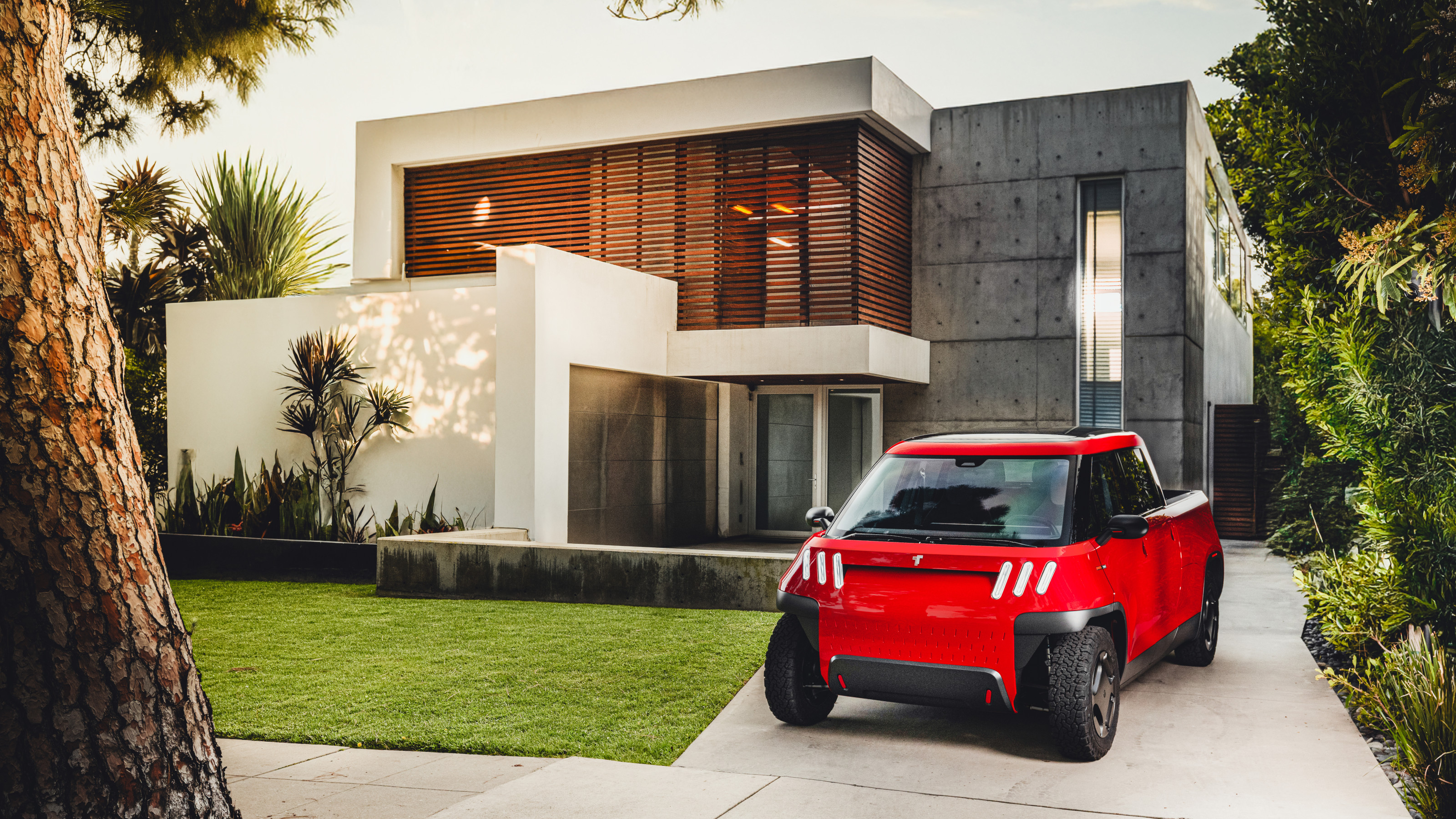 Meet the final drivable prototype of the Telo MT1 pickup truck, shaped by Fuseproject
Meet the final drivable prototype of the Telo MT1 pickup truck, shaped by FuseprojectThe Telo MT1 is a modestly scaled EV that turns the traditional all-American approach to pick-up truck design on its head
-
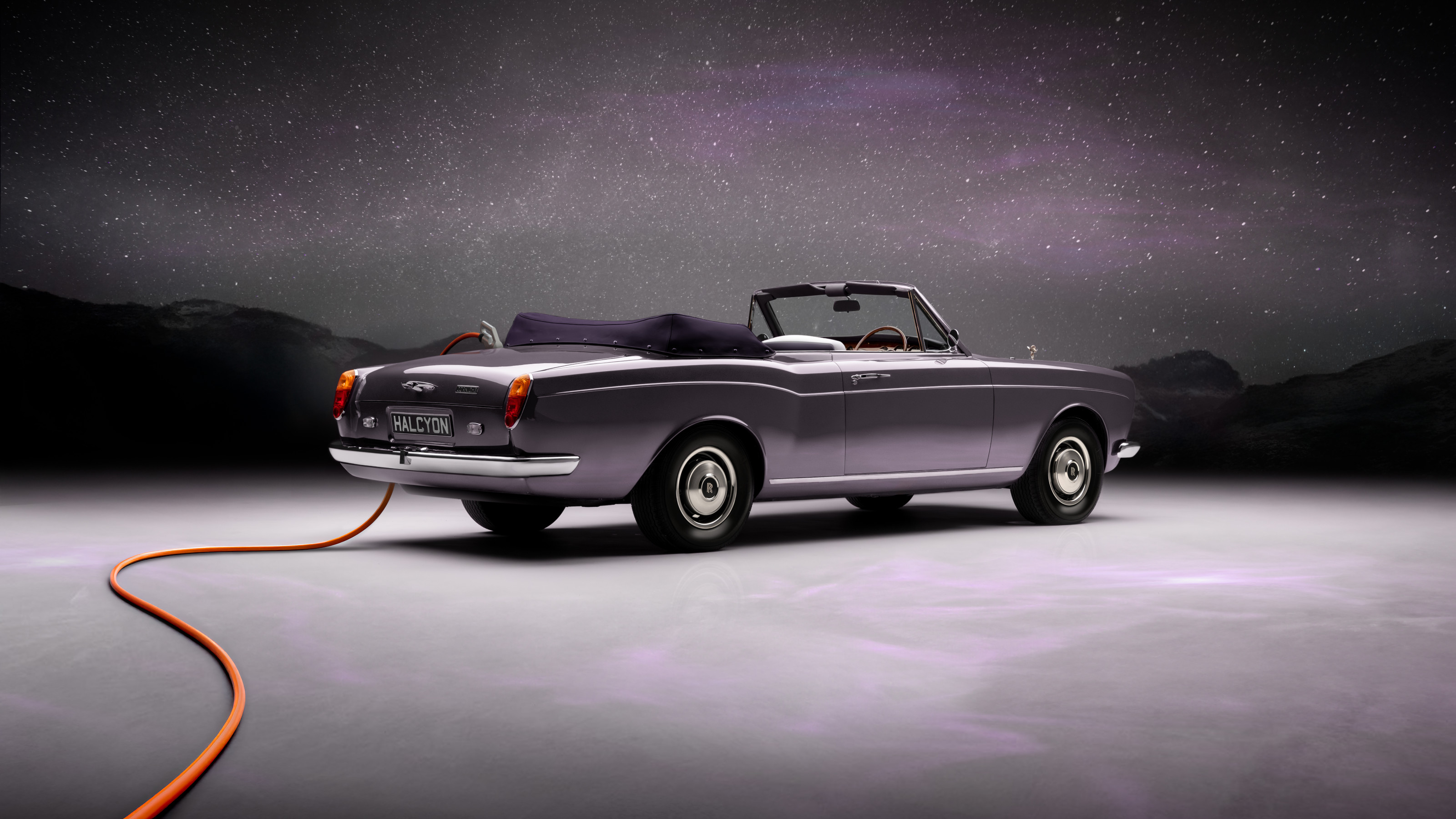 EV start-up Halcyon transforms a classic 1970s Rolls-Royce into a smooth electric operator
EV start-up Halcyon transforms a classic 1970s Rolls-Royce into a smooth electric operatorThis 1978 Rolls-Royce Corniche is the first fruit of a new electric restomod company, the Surrey-based Halcyon
-
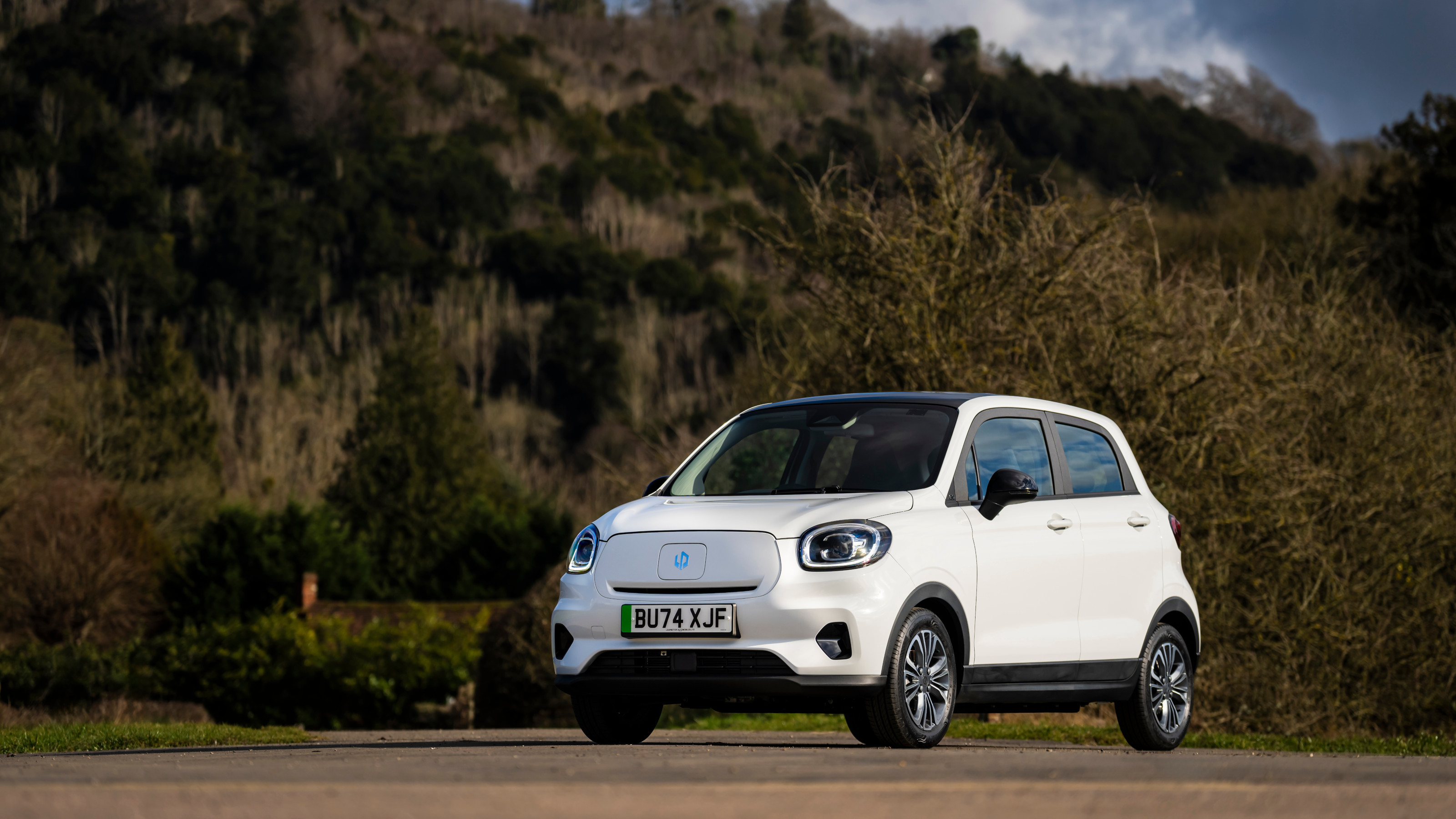 China’s Leapmotor pounces on the European car market with its T03 city car and C10 SUV
China’s Leapmotor pounces on the European car market with its T03 city car and C10 SUVLeapmotor’s tiny electric city car could be just the tonic for cramped urban Europe. We sample the T03 and its new sibling, the fully loaded C10 SUV, to see if the company’s value proposition stacks up
-
 Wallpaper* takes the wheel of the Bentley Blower Jnr for a rich automotive experience
Wallpaper* takes the wheel of the Bentley Blower Jnr for a rich automotive experienceHedley Studios has shrunk the mighty Bentley Blower into this all-electric, road-legal barnstormer. We take it to the streets of London